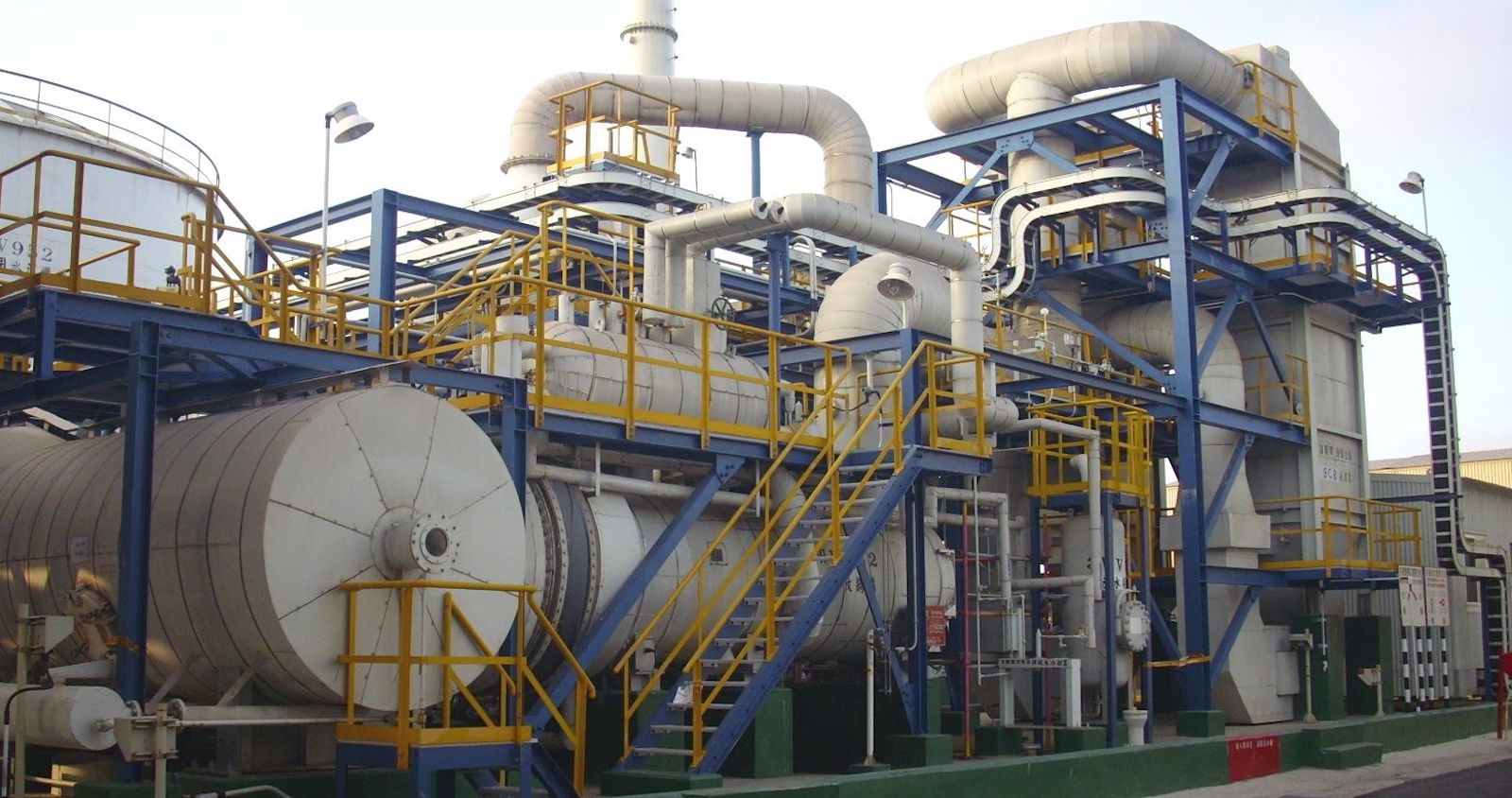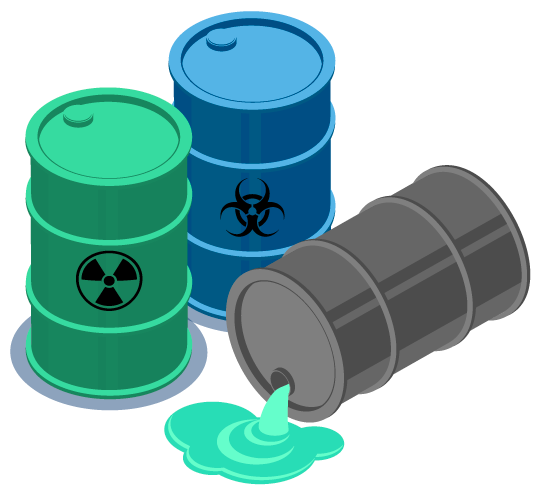Understanding the Comprehensive Process of Liquid Waste Disposal: Best Practices and Environmental Influence Considerations
The management of liquid waste disposal is a complex problem that needs a complete understanding of different finest techniques and their linked ecological impacts. From the sorts of liquid waste created to the techniques employed for collection, therapy, and final disposal, each action plays a crucial duty in protecting environments and public health. As governing standards advance and modern technology breakthroughs, the conversation around these procedures comes to be progressively important. What effects do these changes hold for future sustainability efforts, and just how can stakeholders ensure that they are effectively dealt with?
Kinds Of Fluid Waste
Recognizing the different sorts of liquid waste is essential for effective administration and disposal practices. Liquid waste can be broadly categorized into a number of kinds, each needing distinct handling and therapy approaches.
Industrial fluid waste often contains dangerous materials, including hefty metals, solvents, and chemicals, produced throughout making processes. These wastes require stringent regulative compliance to safeguard human health and the environment. Residential fluid waste mostly refers to wastewater generated from houses, consisting of sewage and greywater, which, although less hazardous, can still posture substantial dangers if poorly taken care of.
Agricultural fluid waste, including drainage from farms, commonly consists of fertilizers and pesticides that can bring about ecological destruction if not treated adequately. Clinical fluid waste, created from health care centers, consists of infected liquids such as bodily liquids and chemicals, needing specialized disposal techniques to stop infection and ecological contamination.
Lastly, oil and oil waste, typically produced by dining establishments and automotive sectors, can create extreme blockages in drain systems if not taken care of appropriately. Understanding these groups promotes targeted techniques for therapy, compliance with regulations, and reliable disposal approaches, ultimately promoting ecological sustainability and public health security.

Collection Approaches
Reliable collection methods are essential for the proper administration of fluid waste, making sure that it is gathered safely and successfully prior to treatment or disposal. Different methods are employed relying on the kind of fluid waste created, the quantity, and the particular qualities of the waste.
One typical method is making use of committed collection tanks or sumps, which are designed to record liquid waste at the source. These systems usually incorporate pumps that help with the transfer of waste to bigger storage space containers or therapy facilities. In addition, mobile collection units equipped with vacuum cleaner technology are used in situations where waste is produced periodically or in hard-to-reach areas.
For commercial settings, closed-loop systems can effectively minimize spills and leakages, permitting the recovery and reuse of liquid waste. It is additionally important to educate personnel on correct collection protocols to reduce dangers related to harmful materials.
In addition, carrying out regular maintenance routines for collection devices ensures ideal efficiency and safety and security. The assimilation of sophisticated surveillance systems can enhance collection performance by offering real-time information on waste degrees and potential threats. In general, efficient collection approaches are fundamental to lasting fluid waste management practices.
Therapy Processes
Therapy procedures play an important duty in the monitoring of liquid waste, transforming possibly hazardous materials into recyclable sources or safe effluents - liquid waste disposal. These procedures can be extensively classified into physical, chemical, and organic methods, each customized to address details pollutants existing in the waste stream
Physical treatment techniques, such as sedimentation and purification, work by removing put on hold solids and particle matter. These techniques are typically the very first step in the therapy chain, efficiently minimizing the load on subsequent procedures. Chemical therapies entail making use of reagents i loved this to reduce the effects of hazardous compounds, precipitate hefty metals, or oxidize organic toxins, therefore boosting the security of the effluent.
Biological therapy processes, consisting of turned on sludge systems and anaerobic digestion, take advantage of the natural abilities of microbes to deteriorate raw material. These techniques are especially reliable for wastewater including eco-friendly pollutants. Advanced treatment modern technologies, such as membrane layer filtration and advanced oxidation procedures, are progressively used to accomplish higher degrees of filtration.
Including a mix of these therapy methods not only makes sure conformity with regulatory requirements yet additionally advertises environmental sustainability by recouping beneficial sources from fluid waste.
Disposal Options
Exactly how can companies make sure the accountable and risk-free disposal of liquid waste? Effective disposal alternatives are important for securing public health and wellness and the atmosphere. The key methods consist of land disposal, therapy, and incineration complied with by discharge into metropolitan wastewater systems.
Land disposal entails the careful control of liquid waste in marked landfills, making sure that it does not seep into surrounding soil or water. Incineration, on the various other hand, subjects liquid waste to high temperatures, converting it into ash and gases, which need correct filtering to decrease exhausts. This technique appropriates for contaminateds materials that can not be treated via traditional methods.
In situations where liquid waste can be treated, organizations might go with biological or chemical treatment procedures to reduce the effects of hazardous elements before releasing the treated effluent right into municipal systems. This course commonly lines up with governing needs, ensuring that the effluent fulfills security criteria.
Ultimately, companies have to perform complete assessments of each disposal alternative to identify its practicality, considering aspects such as waste make-up, regulative compliance, and prospective threats to wellness and the environment. By selecting proper disposal methods, organizations can contribute to a liable waste monitoring technique.
Ecological Impact
The ecological impact of liquid waste disposal is a crucial factor to consider for companies looking for to decrease their ecological footprint. Incorrect disposal techniques can result in substantial contamination of water sources, soil try this website degradation, and unfavorable impacts on regional ecosystems. As an example, dangerous liquids can seep right into groundwater, posing risks to drinking water products and marine life. Additionally, the discharge of unattended or improperly treated waste right into surface area waters can result in eutrophication, leading to oxygen deficiency and the succeeding fatality of fish and various other organisms.

To alleviate these influences, organizations should embrace ideal techniques such as implementing extensive waste treatment procedures, advertising recycling and reuse, and sticking to regulatory requirements. By taking a proactive method to liquid waste administration, entities can considerably lower their ecological impact while sustaining sustainable advancement objectives. Eventually, a detailed understanding of the ecological impacts related to liquid garbage disposal is crucial for educated decision-making and accountable stewardship of natural deposits.
Verdict
Reliable management of liquid waste is important for protecting ecological integrity and public health and wellness. By adopting ideal methods in therapy, disposal, and collection, along with adherence to governing requirements, the capacity for unsafe contamination of ecosystems can be significantly lowered. Constant innovations in innovation and processes add to sustainable waste administration efforts. Inevitably, a detailed understanding of liquid garbage disposal not just mitigates ecological effects but additionally promotes a commitment to liable resource management and ecological stewardship.
The monitoring of liquid waste disposal is a complex issue that needs a comprehensive understanding of various finest methods and their linked environmental influences. From the kinds of liquid waste produced to the methods utilized for collection, therapy, and last disposal, each action plays a vital role in safeguarding ecological communities and public wellness.The YOURURL.com environmental impact of liquid waste disposal is a vital consideration for organizations looking for to minimize their eco-friendly footprint. Eventually, a comprehensive understanding of the ecological influences associated with liquid waste disposal is essential for notified decision-making and accountable stewardship of all-natural resources.
Inevitably, a comprehensive understanding of liquid waste disposal not only mitigates environmental effects but also cultivates a dedication to responsible source monitoring and ecological stewardship.